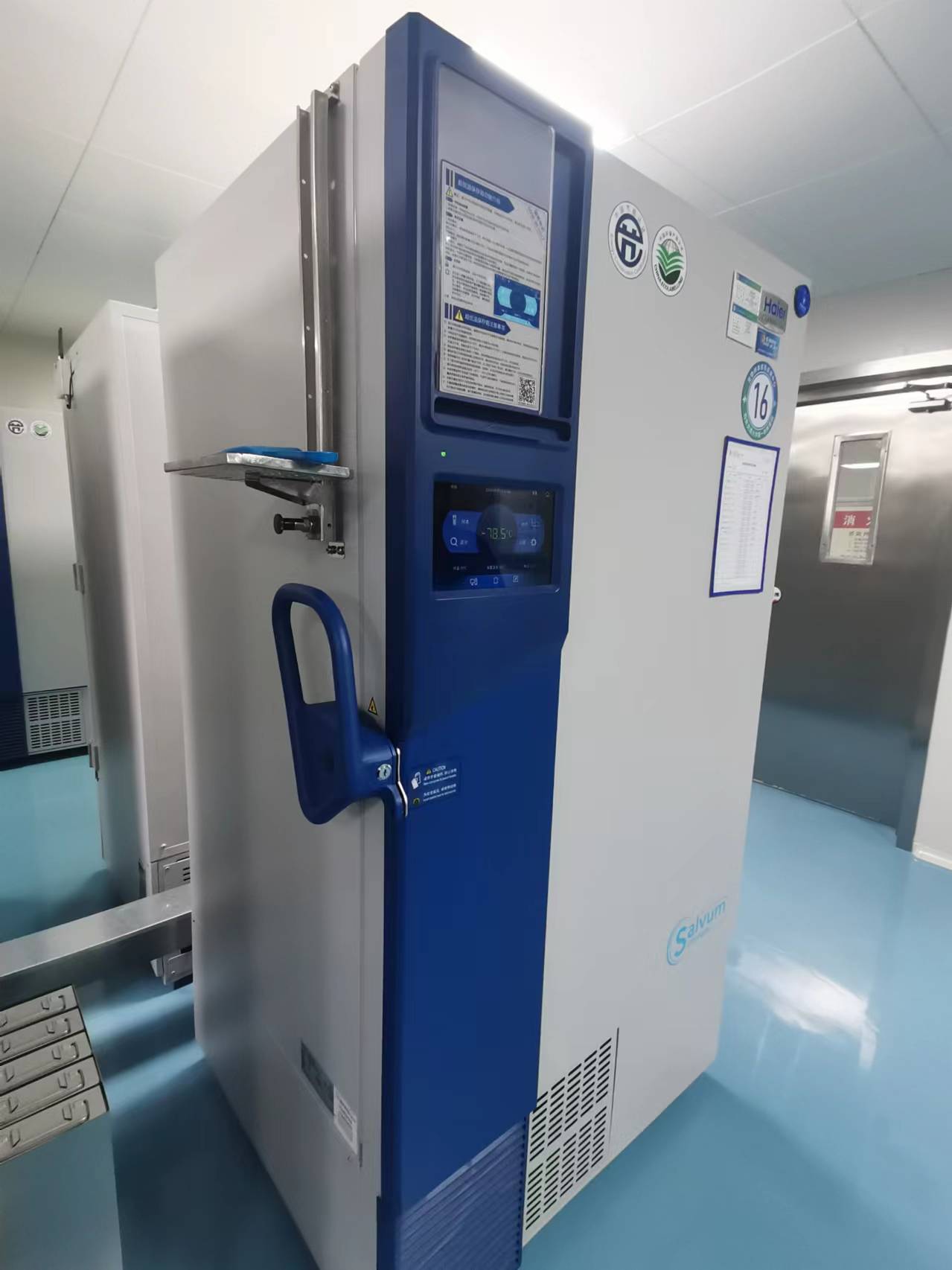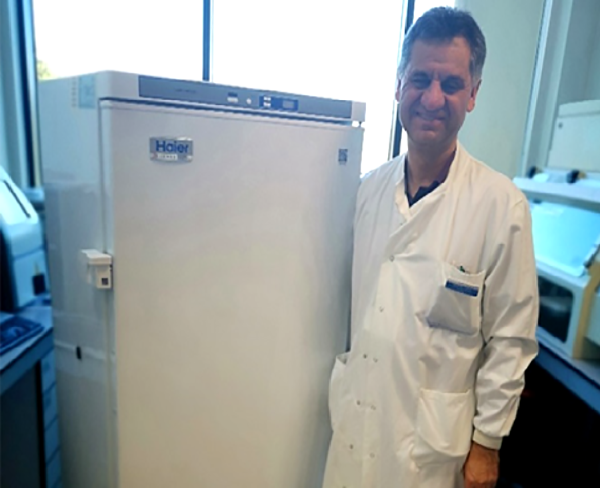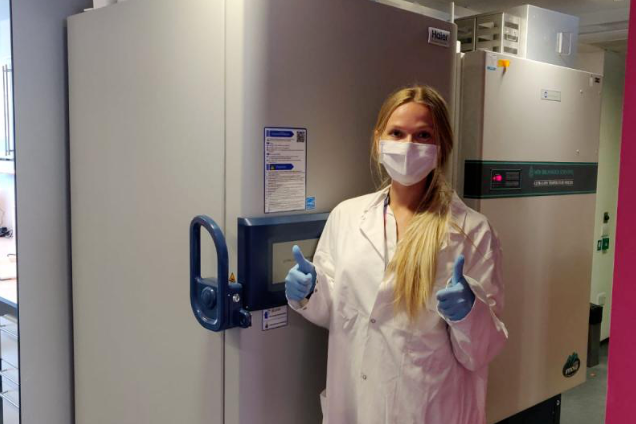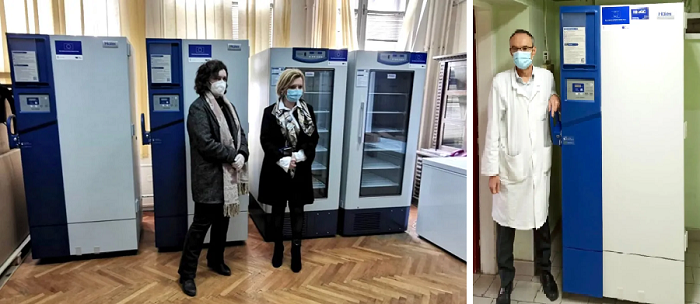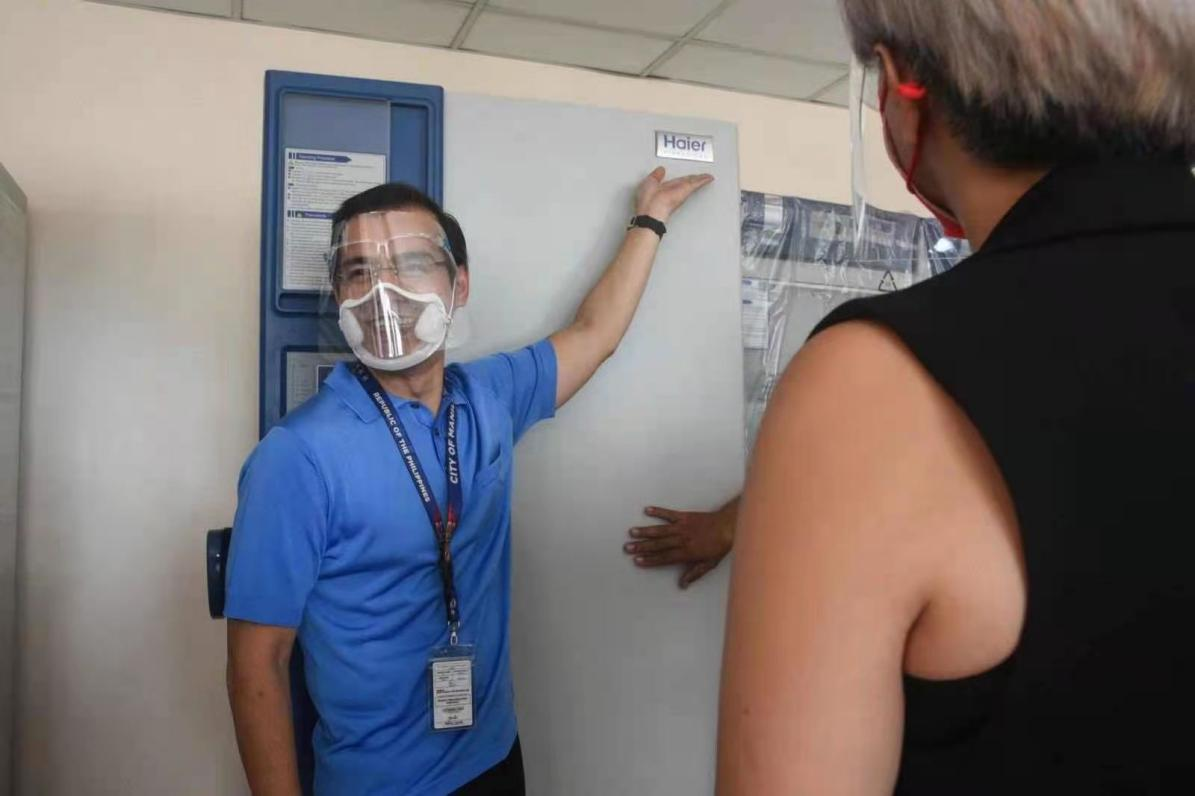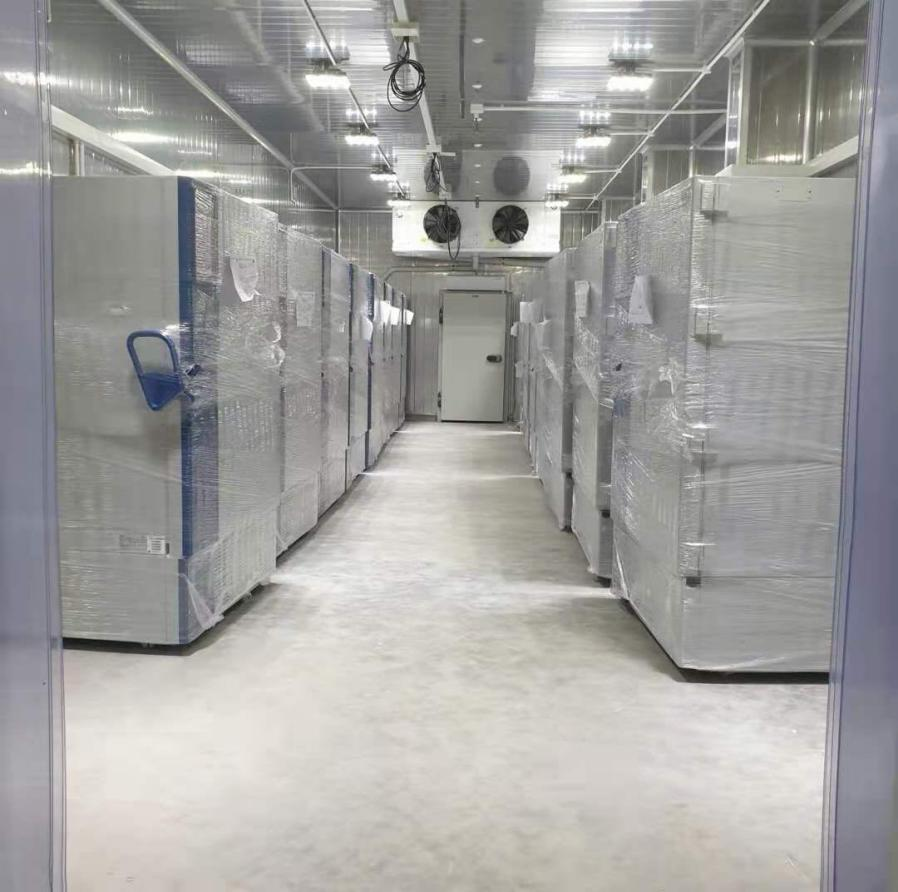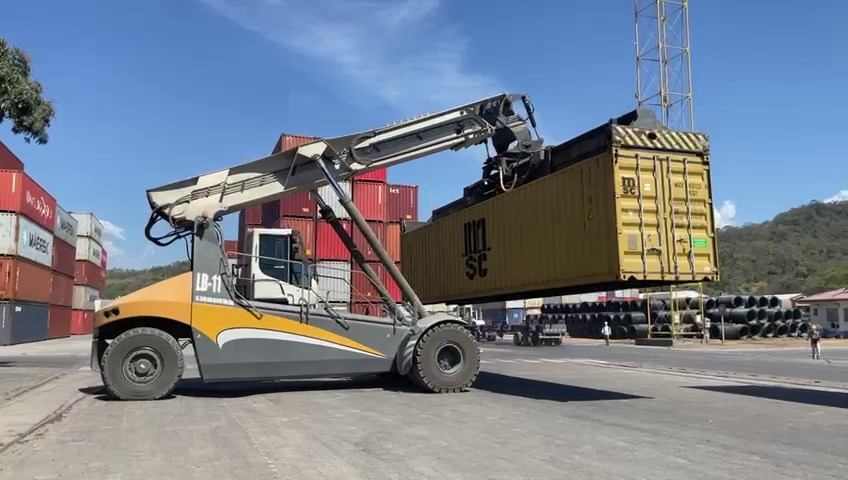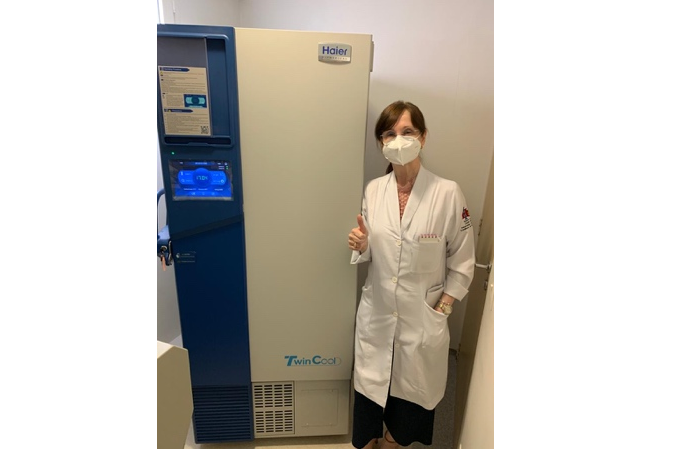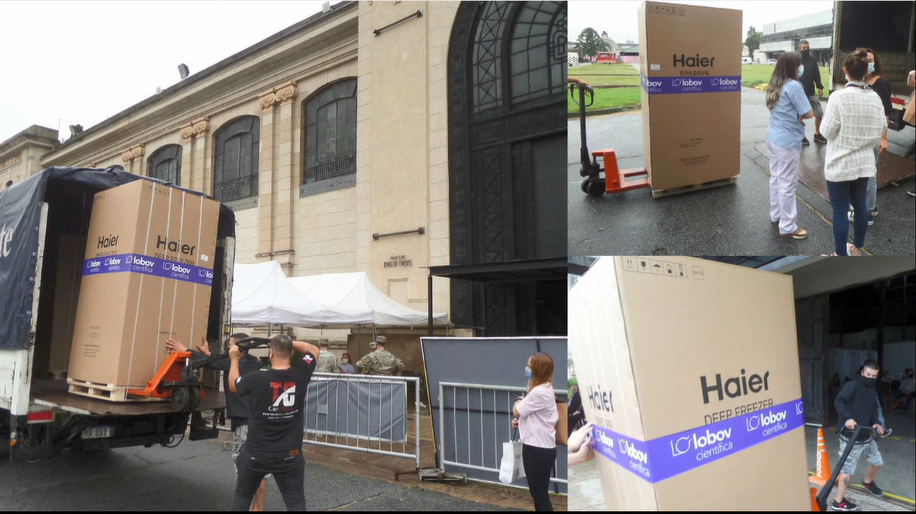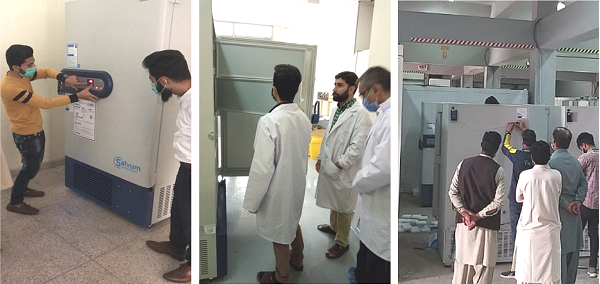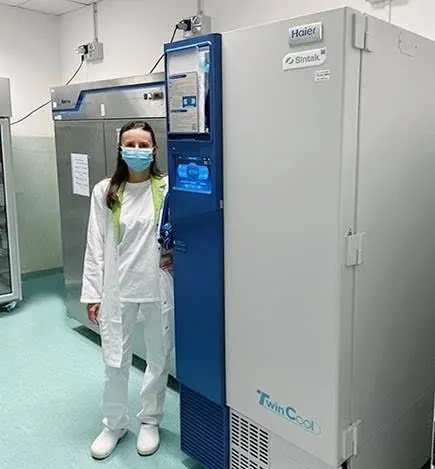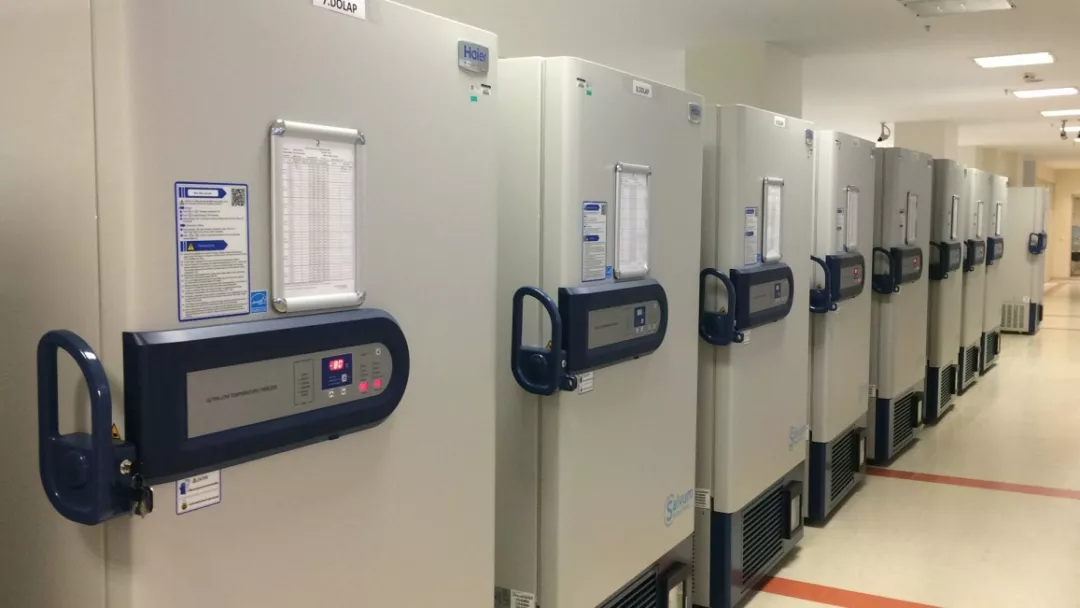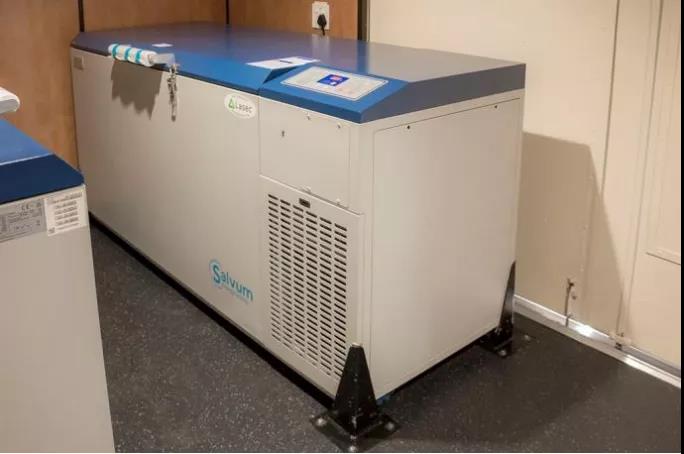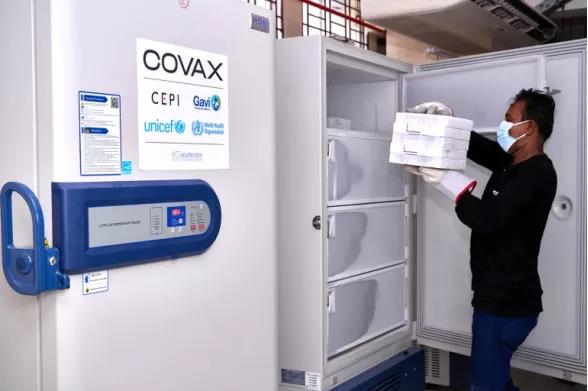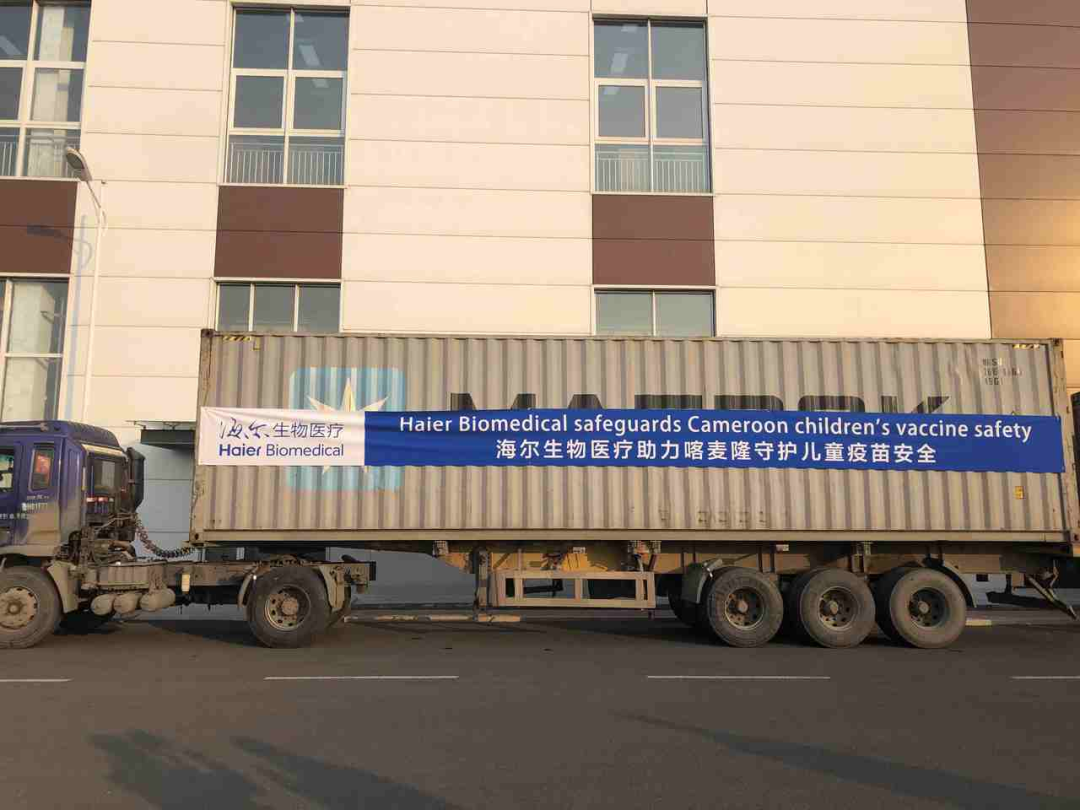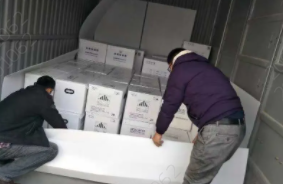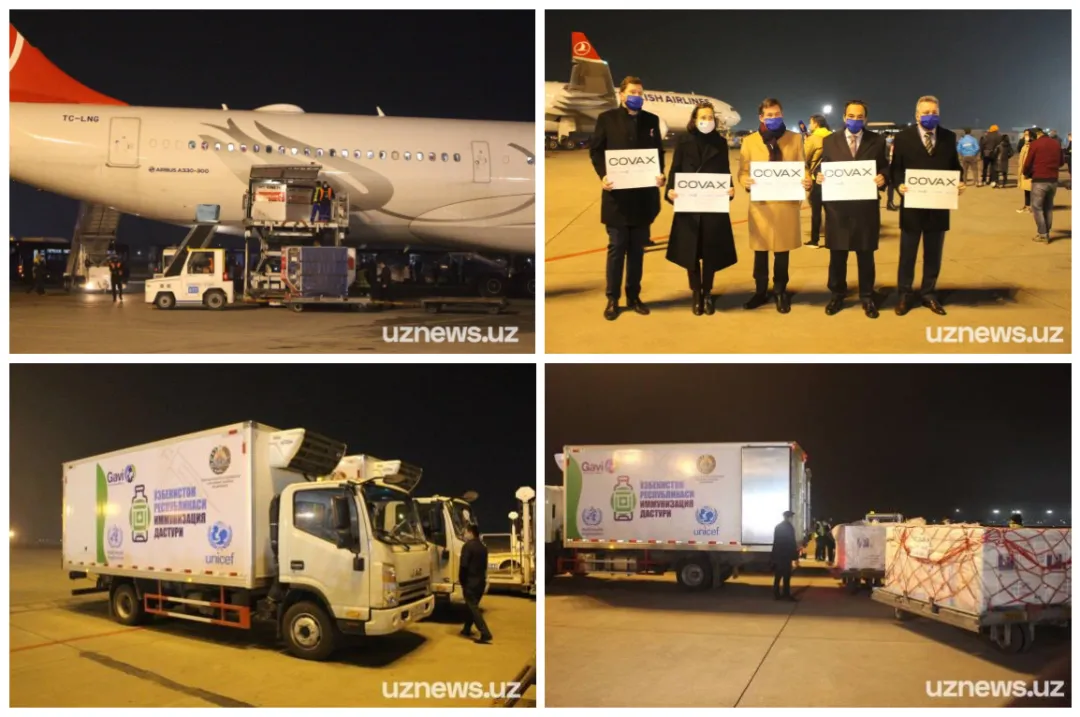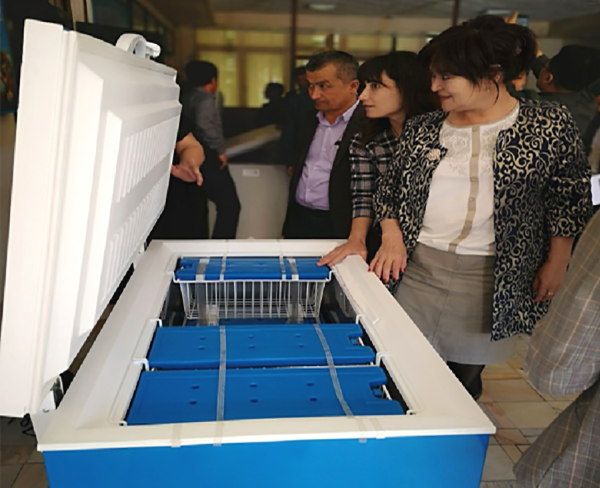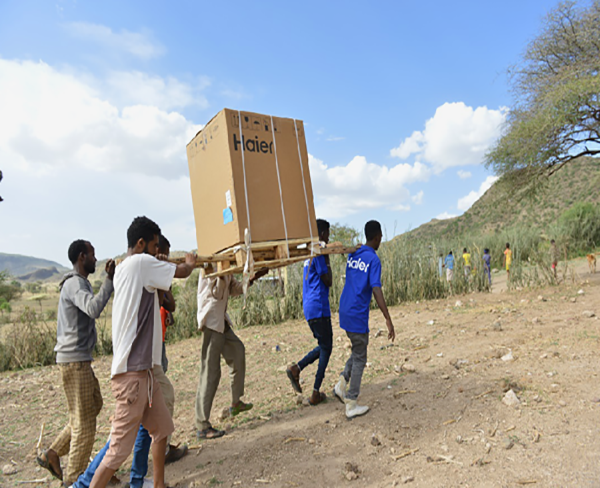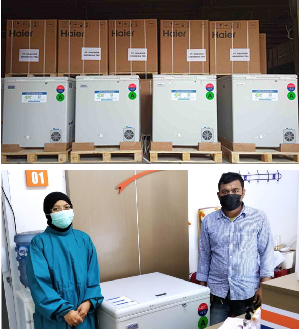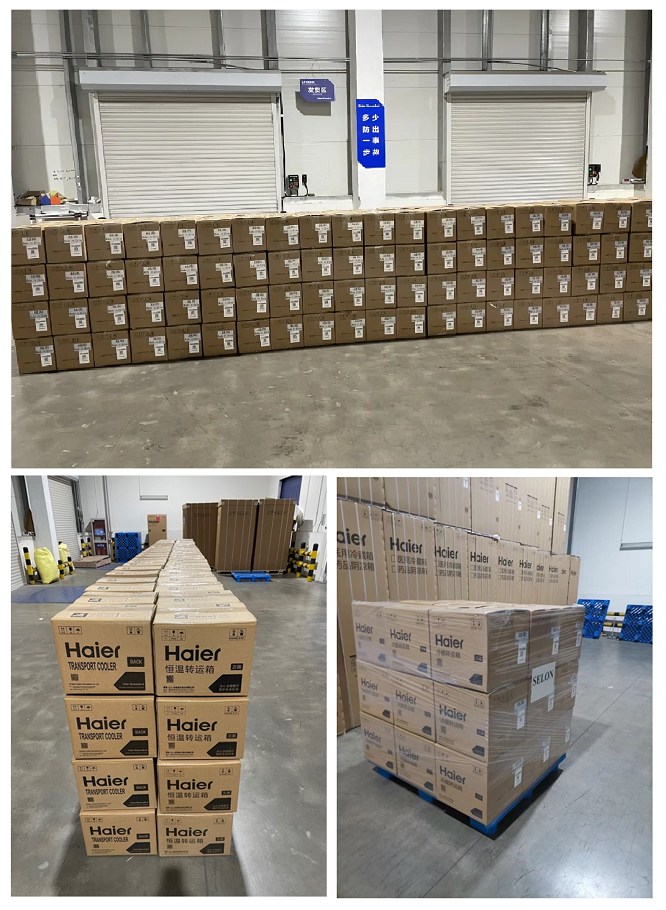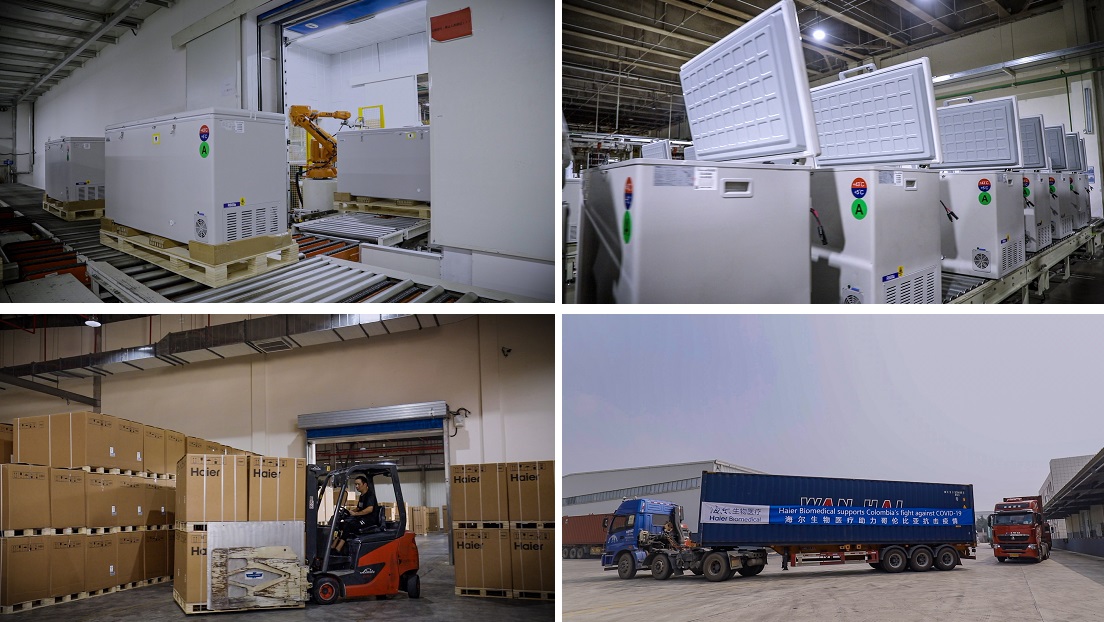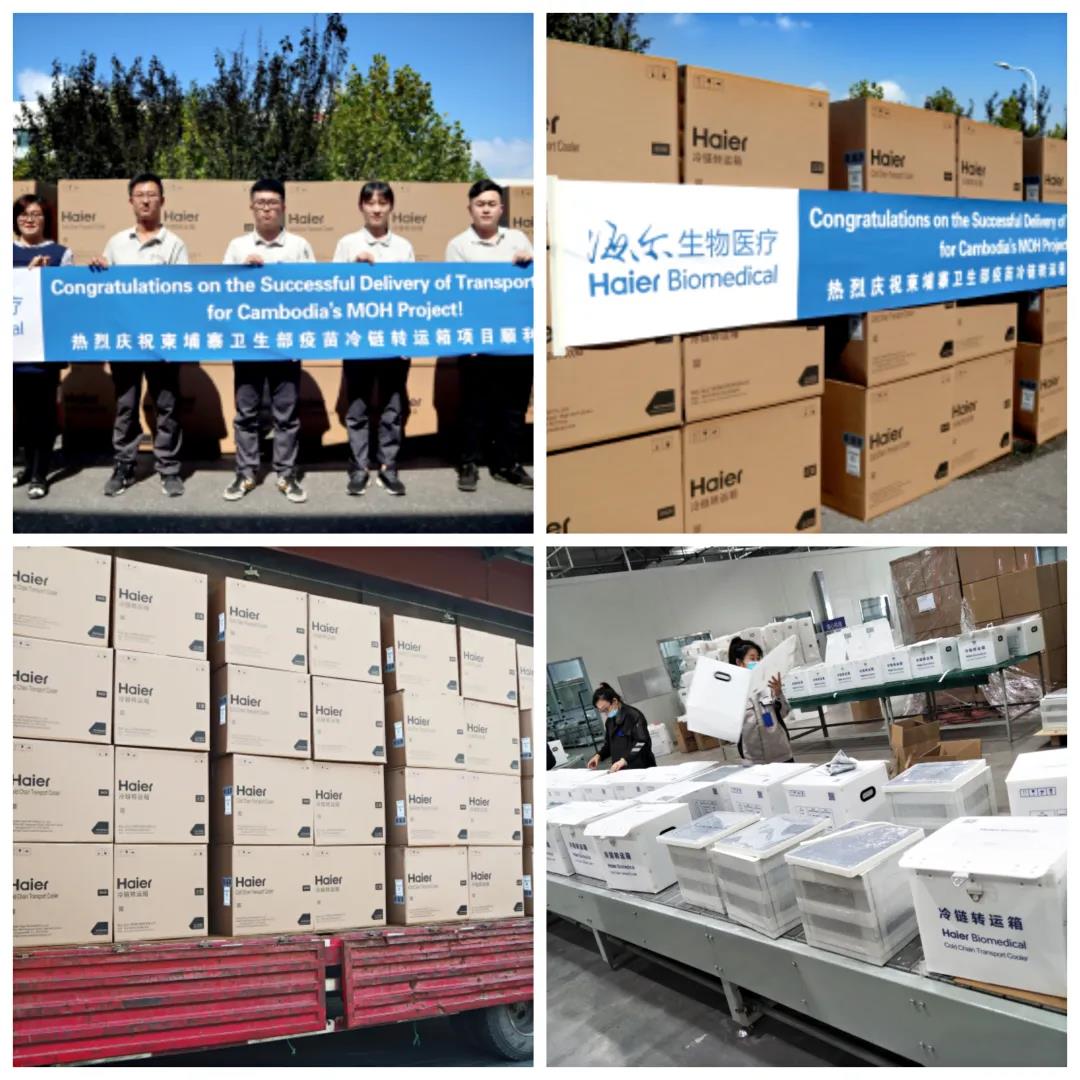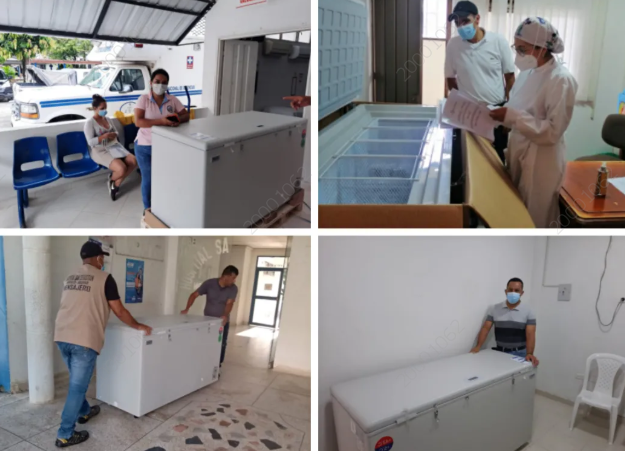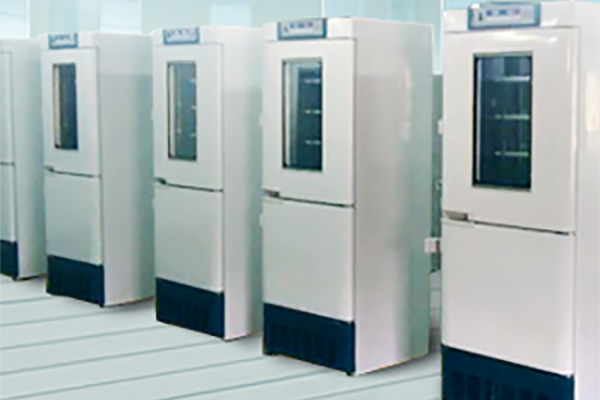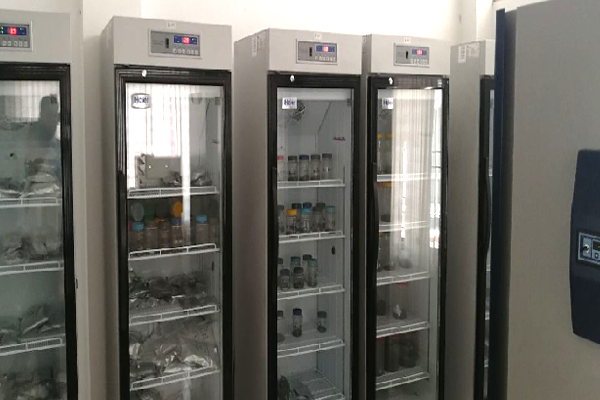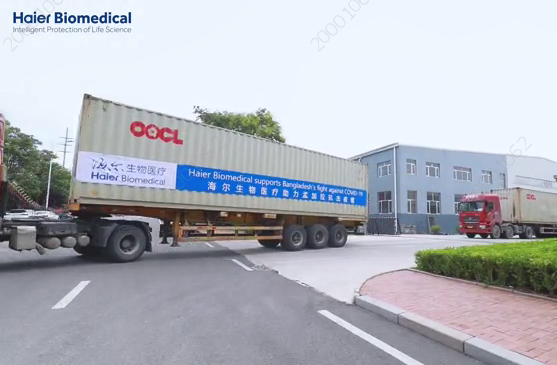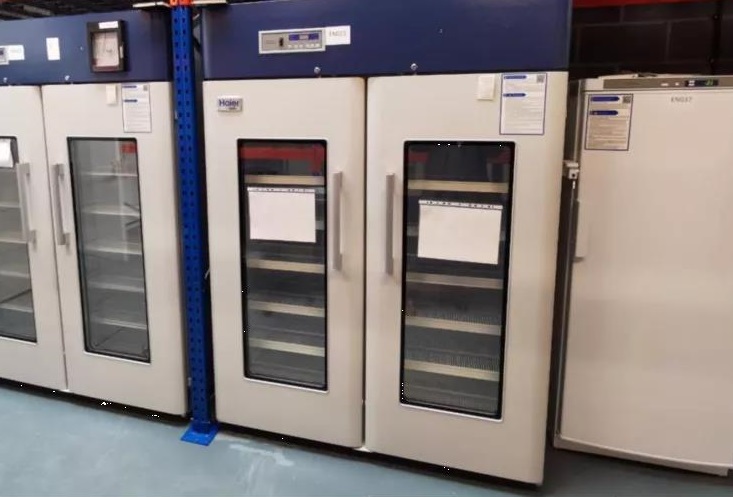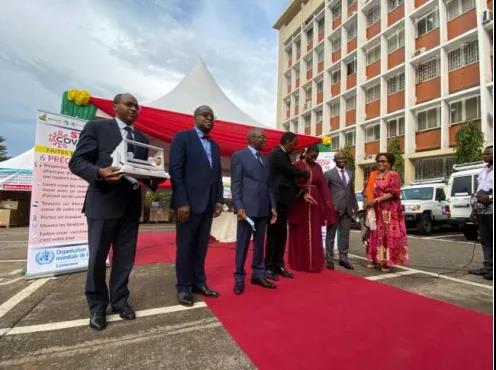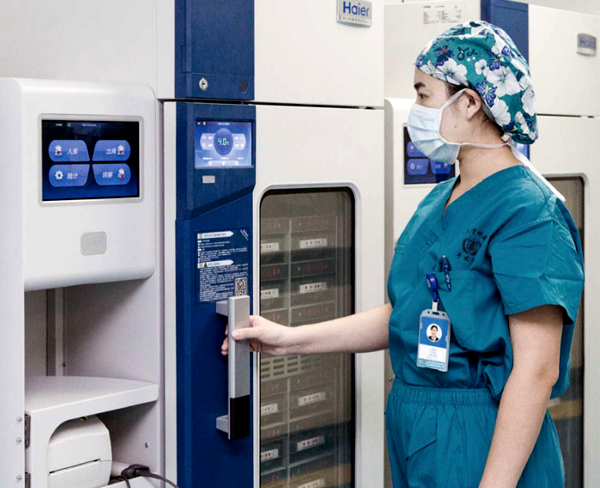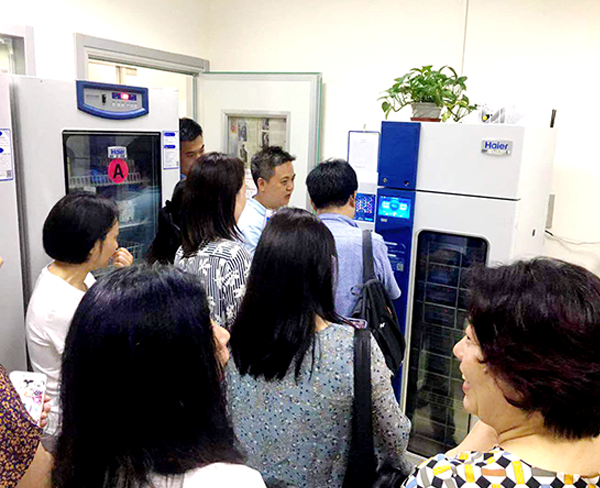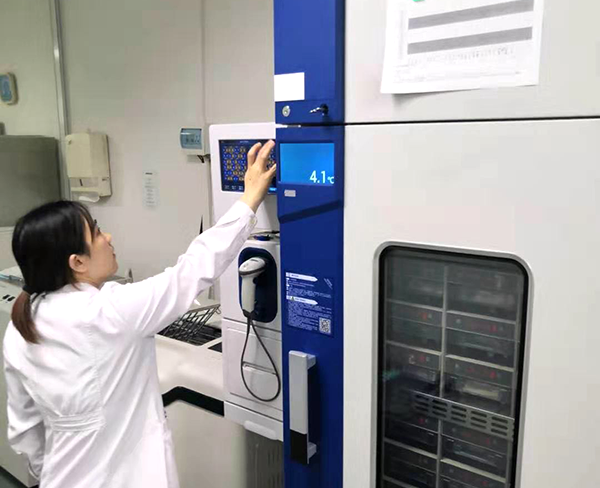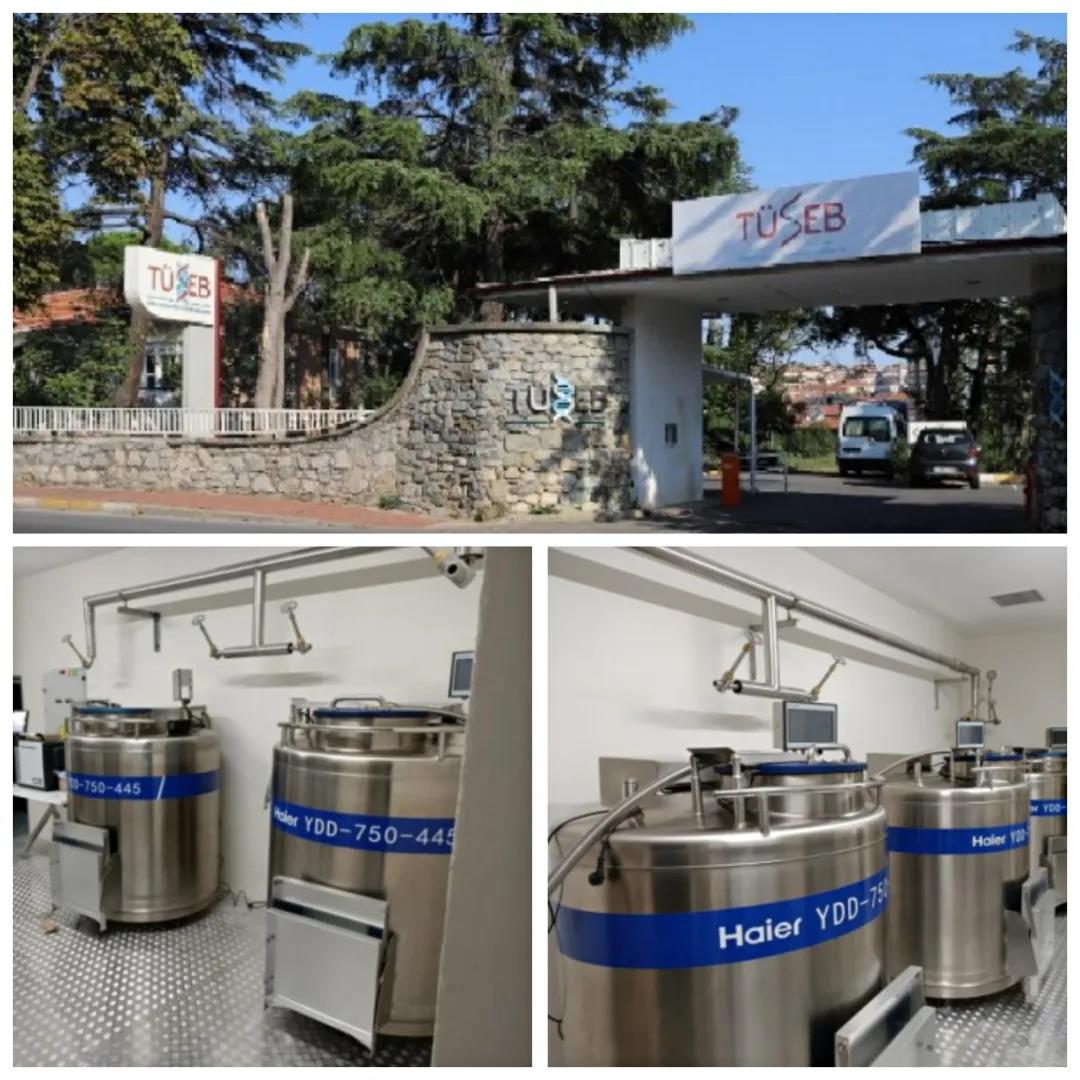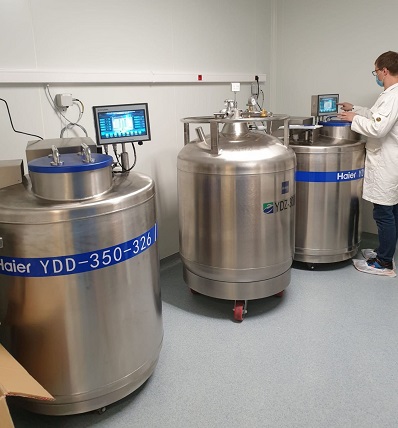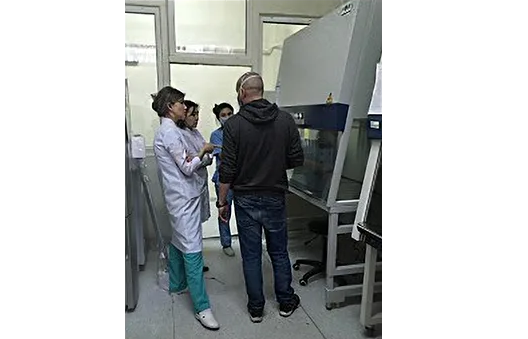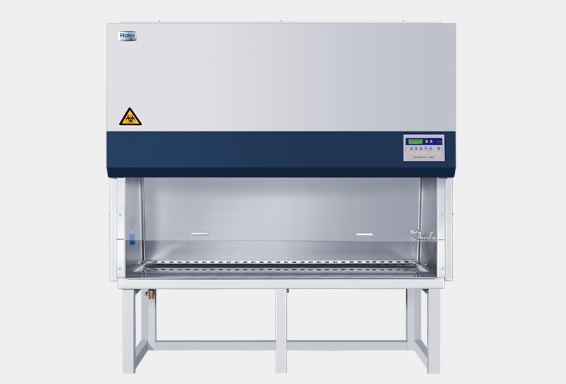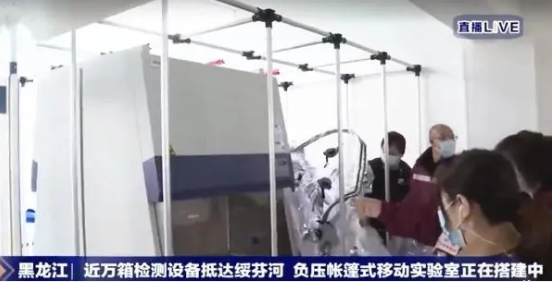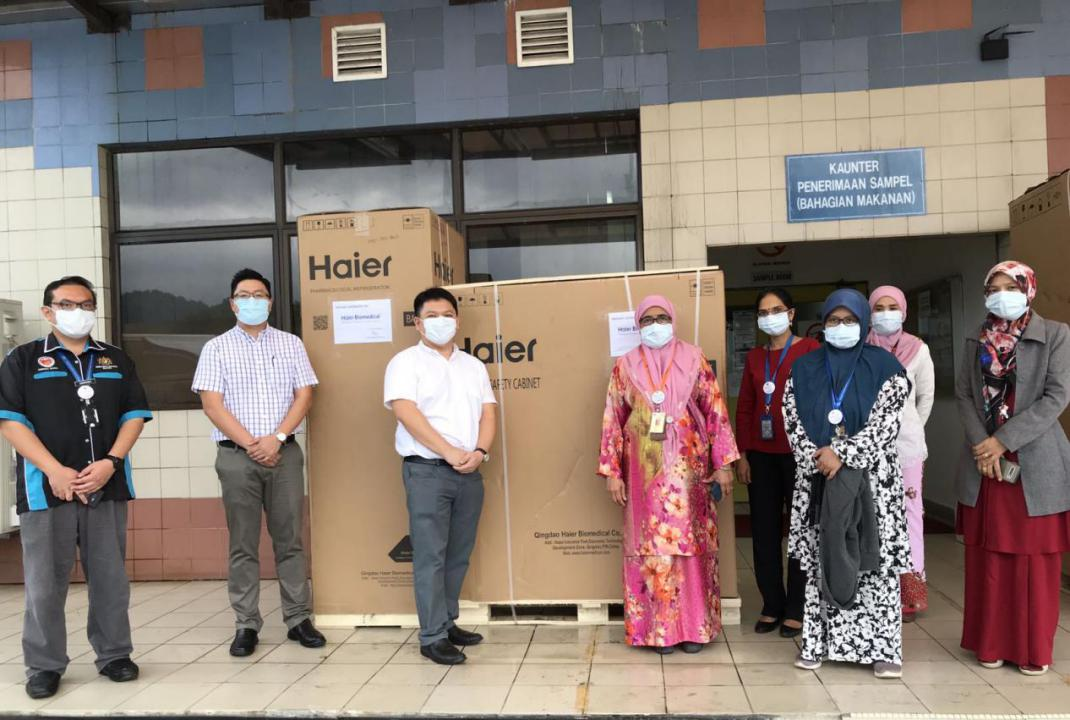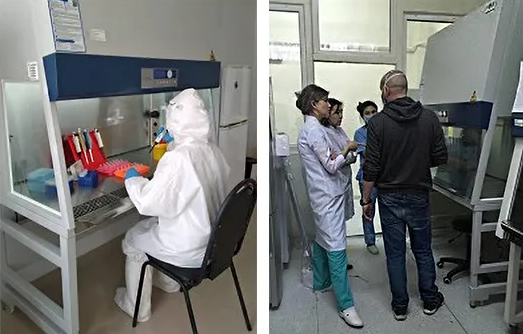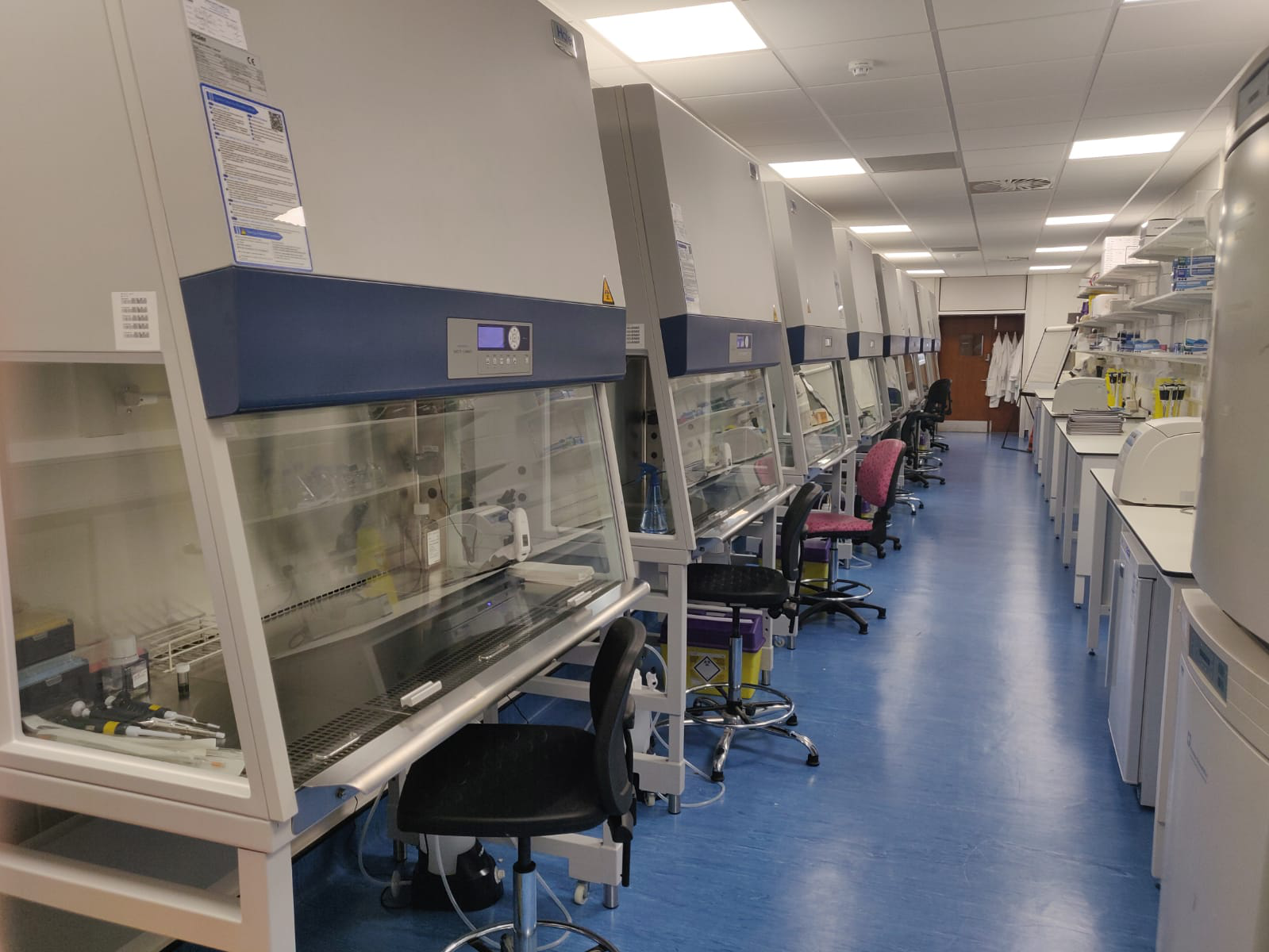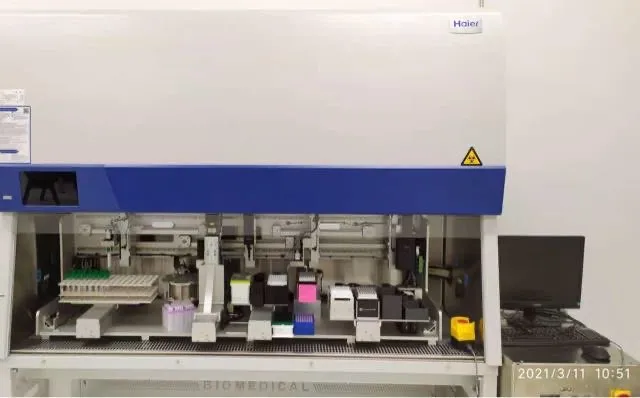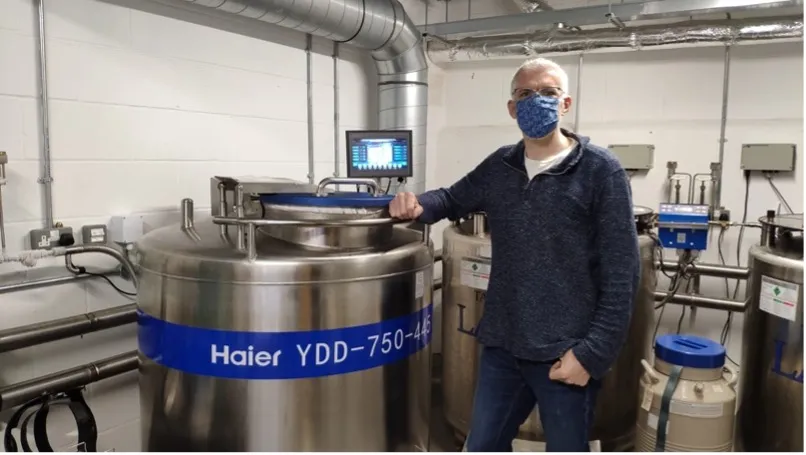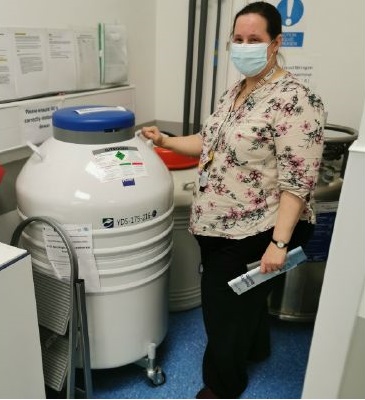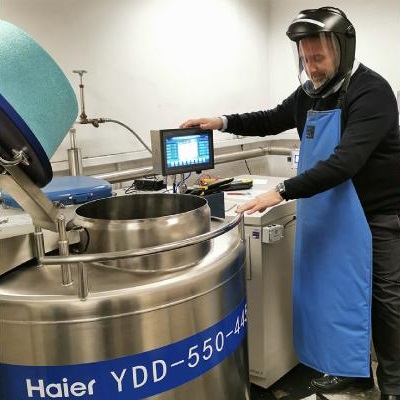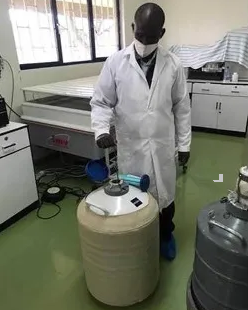Agri Health
Agri Health

Overview
The food choice expectations of people living in developed countries are made possible by affordable refrigeration systems across the entire food supply chain. Introducing similar systems for developing countries will be difficult and will require large amounts of energy. Avoiding refrigeration dependence is difficult when economic development depends on exporting food to more industrialized countries (FAO Policy Brief). Refrigerated storage can account for up to 10 percent of the total carbon footprint for some products when electricity inputs, the manufacturing of cooling equipment, and GHG emissions from lost refrigerants are taken into account (Cleland, 2010).
Active cooling depends on electricity supply. Further solutions are passive evaporative-cooling technologies and stand-alone solar chiller – once they become economically viable. According to Bundschuh and Chen improvements to technical elements and operation of modern refrigeration systems have the potential to reduce energy consumption by 15-40%.
In the post-harvest cycle cooling is particularly crucial in the stages of pre-cooling and cold storage.
Pre-Cooling
According to the FAO, pre-cooling is “amongst the most efficient quality enhancements available” and is regarded “as one of the most value-adding activities in the horticultural chain”.
Pre-cooling refers to the rapid removal of field heat shortly after the harvest of a crop. Field heat can be defined as the difference in temperature between the temperature of the crop harvested and the optimal storage temperature of that product. Benefits of pre-cooling include:
· lowering the required workload of a cold storage since optimum storage temperature is reached more quickly
· restricting and minimizing respiratory activity, thereby conserving the weight of the produce, and enzymatic degradation of the produce harvested; thus preventing softening, water loss and wilting
· preventing microbial growth, such as bacteria and fungi thereby decreasing the rate of decay
· decreasing rate of ethylene production and the impact on ethylene sensitive produce
· delaying chilling injuries for certain fruits
· increasing the daily intake into storage facilities which should not exceed 10% of its cooling capacity if produce is not pre-cooled
There are several methods that can be chosen to pre-cool produce. Which method is the most suitable choice depends on various factors of which some are listed below:
· Produce characteristics: characteristics of produce, such as chilling sensibility or the need for rapid heat removal, lead to differing cooling requirements making methods more or less suited. Products also differ in their flow capacity; the faster products can be cooled down, the better. Some methods cannot be tolerated by some fruits and vegetables, e.g. if they cannot get in contact with water
· Packaging: the way produce is being packaged makes precooling methods more or less suitable
· Scale: size of operations/amount of produce to be cooled
· Efficiency: depending on the circumstances some methods will be more energy efficient than others
· Skilled labor: methods require various levels of skilled and trained personnel. The availability of such trained personnel has to be considered
· Economic viability: the price of precooling methods differ and have to be considered. This is true with regards to investment as well as running costs, e.g. electricity. In general, the cost of the pre-cooling method has to justifiable with regards to product volume and the increase in product value in order to make economic sense.
Regardless of which method is used, the process should always be monitored in order to ensure that precooling is achieved in the most efficient way. Depending on method and product at hand, produce will cool at different rates.
Cold Storage
Roughly 30% of food that is consumed in developing countries is perishable. Cold storage facilities are crucial to minimize post-harvest losses; however, losses occur at every step in the post harvest cycle, and therefore cold storages cannot be considered as independent solutions to prevent post harvest spoilage but as one component that needs to be integrated in a cold chain network from the point of harvest to the point of purchase by the end consumer.
· The different stages in the post-harvest cycle can be summarized as:
· harvest
· precooling
· transportation & packaging
· cold storage
· display at the market
During these different stages, not only temperature control, but also proper and minimal handling of produce including handling, cleaning, sorting and adequate packing is crucial.
Additionally, socioeconomic factors add to the post harvest loss issue: the lack of marketing systems, transportation facilities and market information are key hindering factors. Also, government regulation, often intended to keep prices low for consumers or to ensure a certain minimum price for farmers, can be counterproductive regarding incentivizing the production of high quality produce. Often, simply the required equipment, such as harvesting tools, containers, cleaning, packing and cooling equipment are not available. Furthermore, the knowledge on post harvest handling and marketing of farmers and other actors handling the produce, for example during transport, is generally very limited leading to suboptimal treatment of the produce.
Source:Energypedia
https://energypedia.info/wiki/Cooling_for_Agriculture
References
1. FAO Policy Brief. The Case for Energy-Smart Food.
2. Cleland D, 2010. Towards a sustainable cold chain, 1st International Cold Chain Conference, International Institute of Refrigeration, Cambridge, UK. March.














.png)





















